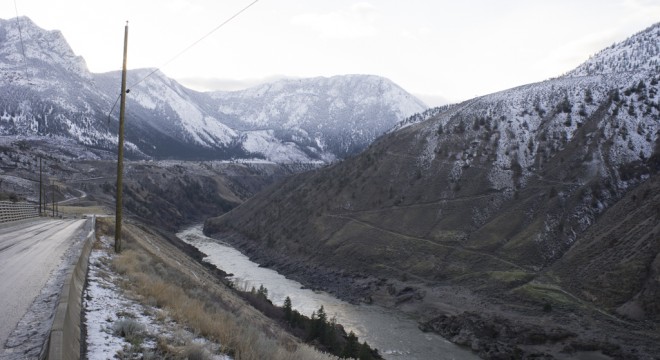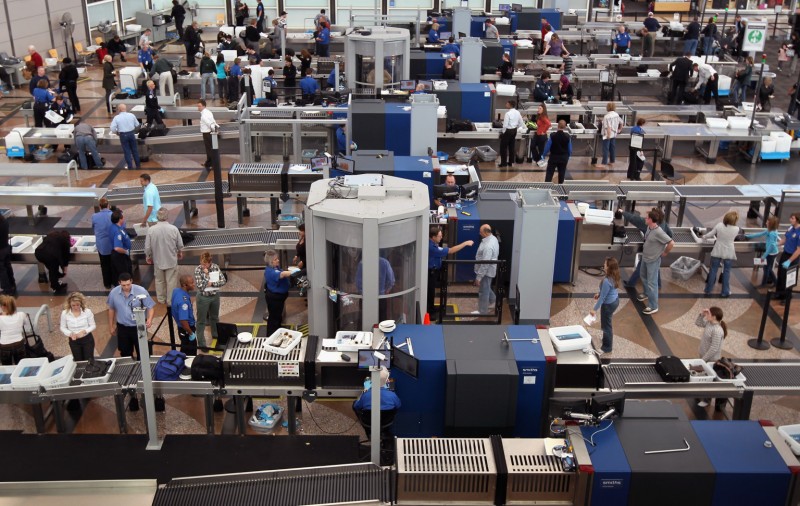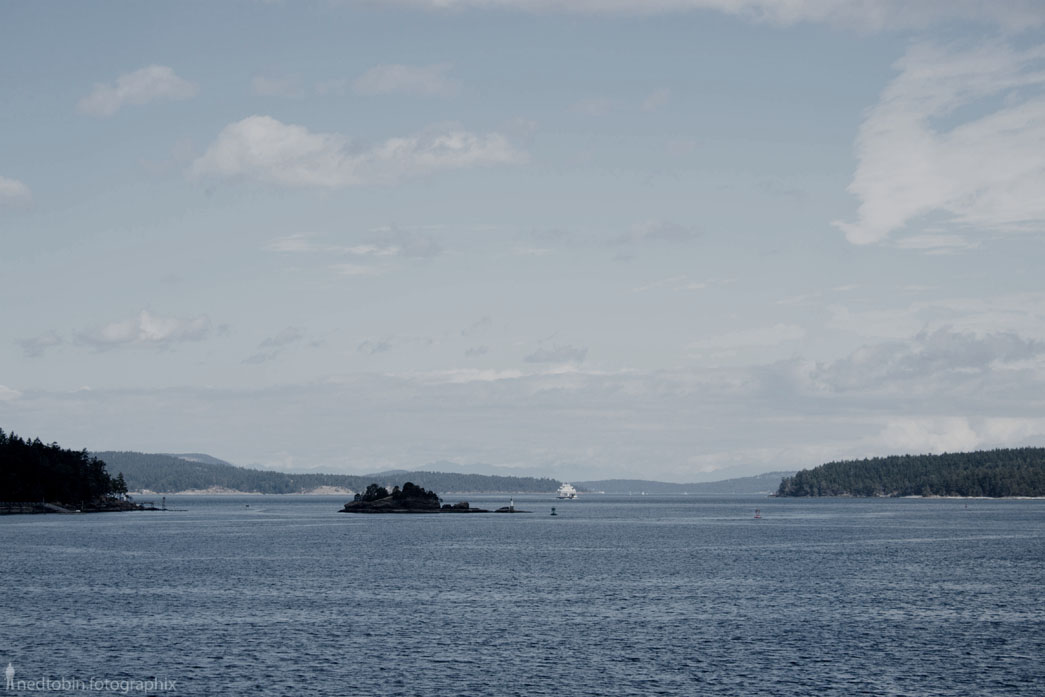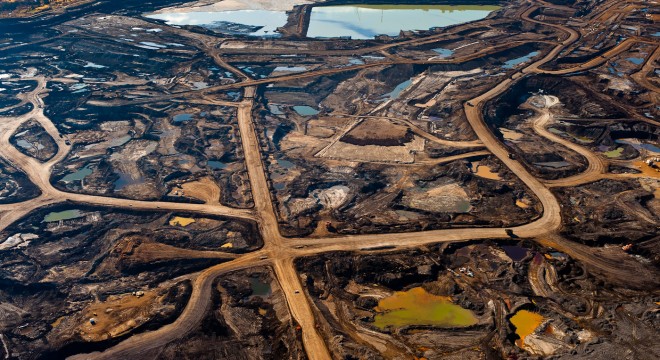This article first appeared on David Suzuki Foundation’s website, calling to action Canadians to Speak up about climate change.
By David Suzuki with contributions from David Suzuki Foundation Senior Public Engagement Specialist Aryne Sheppard
The tragedy we’re witnessing in so many places around the world is heartbreaking. Responses on the ground and in the media to events in Paris, Beirut, Syria and elsewhere have ranged from inspiring to chilling. Too often, people express fear and distress as anger, suspicion and scapegoating.
For many reasons and in many ways, people and nature are in distress. Quaker activist and author Parker Palmer implores us to ask, “What shall we do with our suffering?” The way we deal with our pain has critical implications. Whether we project it outward as war or murder or absorb it as despair and self-destruction, “Violence is what we get when we do not know what else to do with our suffering.”
The interplay of environmental degradation and geopolitics has had alarming repercussions. Over the past decade alone, millions of people have been displaced by war, famine and drought. The world is shifting rapidly as a result of climate change and there’s little doubt we’ll see increasing humanitarian crises. We must face this new reality as a global community.
Climate change is one of the most destabilizing forces in human history. We must deal with carbon emissions but we must also deal with human suffering. In Canada, Inuit are feeling the impacts disproportionately. Ice appears much later in the season and melts earlier. Changing wildlife migration patterns disrupt community livelihoods, land-based activities and cultural practices.
Cape Breton University Canada research chair Ashlee Cunsolo Willox is working with Inuit to understand their communities’ climate-related mental and emotional health impacts, documenting anxiety, despair, hopelessness and depression, increased family stress, drug and alcohol use and suicide attempts. People are grieving for a way of life that is changing with the landscape.
Together with the Nunatsiavut communities of Labrador, Cunsolo Willox produced a documentary film, Attutauniujuk Nunami/Lament for the Land. Residents describe how ice, when it forms, is often not thick enough to hunt, gather wood or travel by snowmobile.
The land is part of who they are, a source of solace, peace, identity, and well-being. Hunting and fishing and spending time on the land help Inuit feel grounded and happy. When residents can’t get out of town, they feel “stuck”, “lost” and “less like people”.
Although global warming discourse typically ignores our intense feelings and grief in the face of environmental change, Cunsolo Willox argues it can expand our capacity to act. “Re-casting climate change as the work of mourning means that we can share our losses, and encounter them as opportunities for productive and important work,” she says. “It also provides the opportunity to stand up and publicly object to injustice.” Shared experiences of grief can build solidarity, support healing and inspire collective action.
With the Paris UN climate talks underway, we have an opportunity to expand the conversation to include environmental grief and loss. Today’s social and environmental leaders need to understand the psychological implications of a world in distress. Geographer and research scientist Susanne Moser predicts future leaders will need more than professional expertise and political savvy. They must be “steward, shepherd, arbiter, crisis manager, grief counselor, future builder.”
Instead of knee-jerk reactions that so often accompany fear and emotional pain, what if we summoned the courage to experience our sadness, disorientation and grief in all its fullness? More importantly, what if we did this together? The feelings surrounding change and loss highlight our shared vulnerability and expose our connections to one another. We can consciously foster a heightened sense of human and ecological fellowship.
The late environmental scientist Donella Meadows believed the process of experiencing feelings is far from trivial. “Feelings, like knowledge, don’t directly change anything. But if we don’t rush past the feelings or stuff them down, if we take time to admit even the most uncomfortable ones, to accept them, share them, and couple them with knowledge of what is wrong and how it might be fixed, then feelings and knowledge together are motors for change.”
The suffering we’re witnessing because of loss of land, culture, ways of life and identity may portend what is to come for all of us. Now is the time to come together and decide how we will respond. Let’s make sure it’s the best humanity has to offer.










